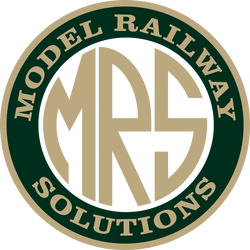
Railway Company Items LOCOMOTIVES Beginning about 1889 until 1904, many tenders had the curly monogram GWR (large size). Prior to 1914, some locos also had the garter coat of arms on the leading splasher. Beginning probably about 1904 the number appeared on the right of the buffer-beam (black-shaded yellow nos.) Tank engines were numbered both ends. Unlined engines 1904-34 were lettered GREAT WESTERN on tender or (from 1906) tank sides. On lined engines the garter arms appeared between the words until 1927: the double shield arms replaced this 1928-34. All locos had the round monogram without wording 1934-42. From 1943-47 unlined engines used the large letters G W R. Lined engines had the G W with double shield arms. Route availability discs were on the cab side above the numberplate with the power class letter superimposed. The wording BRITISH RAILWAYS was used at Swindon during 1948. Please note that all dates are approximate painting dates. Dates in service could be many years later. COACHES Prior to 1904, coaches without first-class compartments had the curly monograms. First-class coaches to 1904 and all coaches 1904-27 used the garter arms. G W R was in the waist panel above the arms, class designations in door waist panels (except 'First Class' etc., on saloon stock). Numbers at each end, in the eaves panels in the Dean era and the waist panels later. The garter arms replaced by the double shield 1928-33. From 1933-42, the round monogram replaced both the arms and the letters G W R. After 1933 'Third' was used only on end- door corridor stock. For the above period use the black-shaded gold lettering. Use the plain gold lettering for 1943-47, at first with G W R in the waist panel with double shield arms below it, then form 1945 'Great Western` with the arms between the words. Large GWR and nos. are for railmotors and trailers. ???No.' was usually used only with one or two figure nos. Prior to 1906, most of these had the large curly monogram. Some (1904-6) had the large GW monogram.
